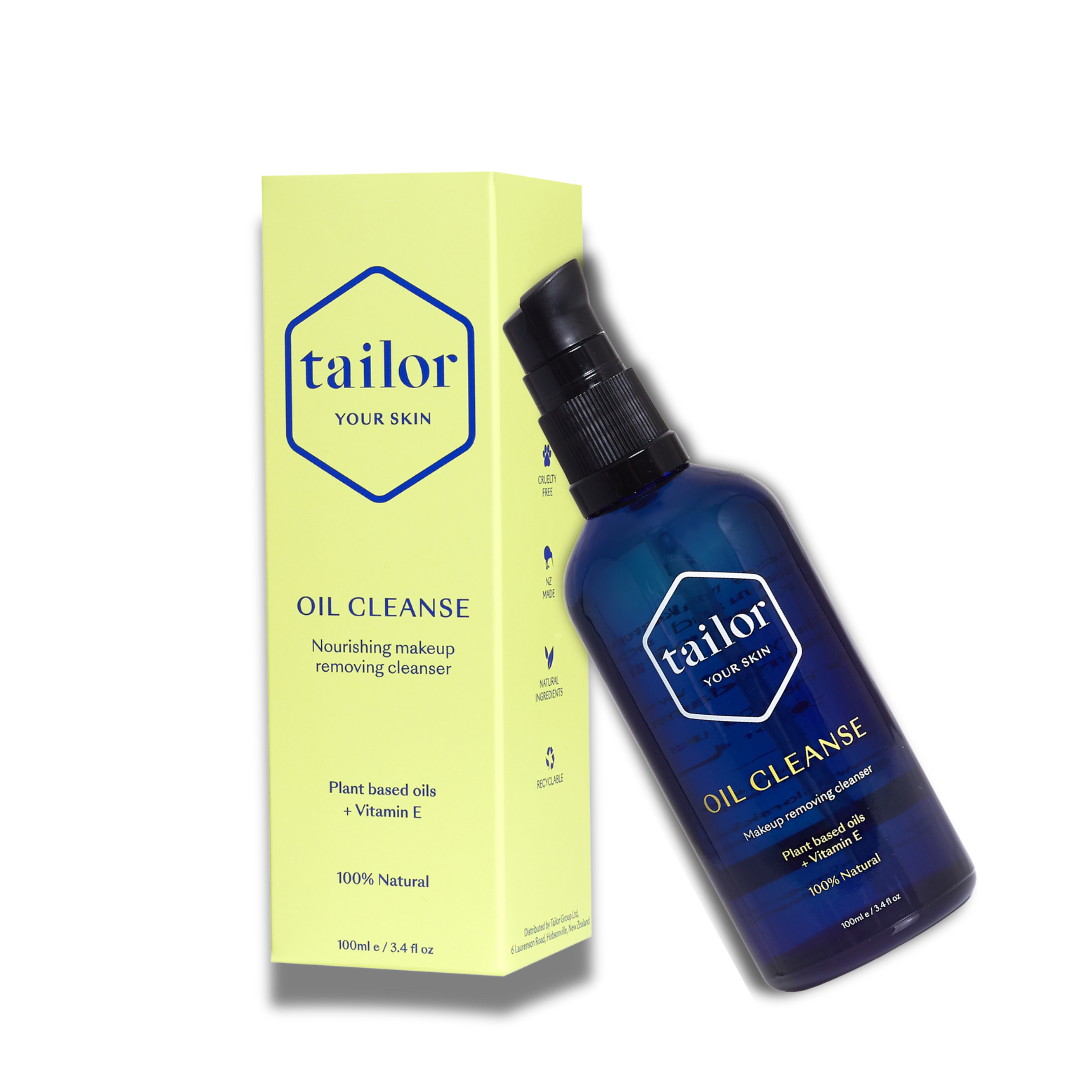Not all fat is created equal
There are 4 different types of fat naturally present in real food.
Monounsaturated Fatty Acids
Olive oil, nuts, seeds and avocado are all sources of monounsaturated fatty acids (MUFA). Research has shown that MUFA’s have a positive effect on heart health and inflammation in the body. It has also been discovered that without adequate MUFA’s present in the diet, the skin can not maintain the correct pH of the acid mantle — the protective oil layer on the skin, needed to kill acne causing bacteria.
Polyunsaturated Fatty Acids
There are two types of polyunsaturated fatty acids - omega-3 fatty acids and omega 6-fatty acids. Both of these fatty acids are known as essential because the body can not make them itself, so they must be obtained through the diet. Omega-3 fatty acids act as powerful anti-inflammatory agents within the body, reducing redness and swelling in the skin. Omega-3 fatty acids are also essential for making and regulating sex hormones. Without the nutrients needed to balance sex hormones they can become unbalanced, usually resulting in dry skin, acne, or a combination of both. Omega-3 fatty acids can be found in; oily fish, flax seeds, walnuts and eggs.
Omega-6 fatty acids are much more prolific in the diet and are found in canola and soybean oil, as well as in most grains, nuts and seeds. While omega-6 fatty acids are needed for both brain and bone health, as well as skin cell replication, a large dietary intake of omega-6 fatty acids can do more harm than good. Omega 6-fatty acids are known to be inflammatory and can negatively affect the quality and appearance of the skin.

Saturated Fatty Acids
Saturated fats have been given a bad name for the last 20 years, but new evidence suggests that this was somewhat unwarranted. Cell membranes are comprised of 50% saturated fatty acids, and these fats are what give the cell wall integrity and keep the cells plump and functioning properly. Without sufficient saturated fat intake these cells can become deflated, or due to poor structure can be destroyed completely. The affect of this type of cell damage is inflammation, redness and is one of the causes behind wrinkles. Saturated fatty acids are also needed for efficient omega-3 absorption. Saturated fats are present in animal products (meat, butter, lard) and in coconut oil.
Trans Fats
Small amounts of trans fats are naturally present in animal products such as; butter, meats and tallow, however the majority of trans fats consumed come from man-made sources. Artificial trans fats are formed when liquid fats (e.g. canola oil) are hydrogenated to form solids (e.g. margarine), or when liquid fats are partially-hydrogenated. Hydrogenation is a chemical process which changes the structure of the fat. It is done so that cheap oils can be transformed into fats which have similar properties to butter or animal fats, but for a lower price. Trans fats are highly inflammatory and man-made sources should be avoided. Deep-fried foods, processed biscuits, crackers, chips, and margarine are all sources of trans fats.
Benefits of all fats
Vitamins A, D, E and K are all fat-soluble vitamins, this means that fat needs to be present before these vitamins can be absorbed. Without these vitamins many organs would begin to suffer, including the skin. Vitamin A reduces the rate of skin ageing, provides sun protection and supports wound healing — all important roles for great skin. Vitamin D is important for bone health, but also plays a role in protecting the skin from sun damage. Vitamin E is a powerful antioxidant, which protects the skin from free radical damage, and helps the skin to maintain moisture.
To ensure that you are absorbing all the nutrients from plant based foods, like vegetables, it is a great idea to eat some fat with them. For example, salad with an olive oil based dressing, or stir fried vegetables with coconut or sesame oil.
How much to eat?
For overall fat intake, aim for real food fats to make up 25% of your meals or diet, but this will vary from person to person. Choose fats which are as close to how they come in nature, and have had none or very little processing. Plant based fats like avocado, coconut, nuts, seeds, cold pressed plant oils, as well as organic butter and oily fish are all great sources of real food fat. These sources not only provide fat, but other essential nutrients too.
The ratio in which fats are consumed is one of the most important factors to consider when evaluating fat intake. Commonly in western diets, the ratio of omega-3 to omega-6 fatty acids is as high as 1:10. This ratio is likely to be one of the factors involved in the progression of inflammatory diseases such as; arthritis, cancer, and heart disease, as well as skin conditions like; acne, rosacea and psoriasis.
The ideal ratio of omega-3 to omega-6 fatty acids is 1:3, this promotes a reduction of inflammation and provides the body with the fatty acids it needs to function optimally.
For most people it is not necessary to actively seek the intake of omega-6 fatty acids, many real foods contain sufficient levels of omega-6 fatty acids. Omega-6 deficiency would be very rare. Instead it is best to actively try to include sources of omega-3 fatty acids. Focus on including flax seeds, oily fish, walnuts, and eggs into your day to day diet. An omega-3 supplement can also be helpful to ensure adequate intake.

Eat your way to better skin
When your body is showing outward signs of stress, such as; acne, dry skin or rashes, then the first place to look is at your diet. Check to see that your body is receiving what it needs to thrive. Fat is essential for glowing skin, so whenever a problem arises look into the type and quantity of fat that you are nourishing your skin with. Here are a few of my favourite real food sources of fat.
Avocado
Avocados are a personal favourite of mine! They are easily added to smoothies, made into chocolate mousse, smashed on toast, or scooped up on corn chips. They are incredibly nutrient dense and packed with vitamins and minerals to support glowing skin. Avocados are rich in monounsaturated fatty acids, as well as vitamin E, B6 and magnesium.
Coconut
Whether it be coconut oil or flesh, it is rich in saturated fatty acids, but is special because the saturated fatty acids are classed as medium chain. Medium chain fatty acids are more easily absorbed and incorporated into the skin's structure, as opposed to long chain fatty acids. Coconut also contains lauric acid, which is known for its powerful antibacterial properties, helping to protect the skin from harmful problem causing bacteria.
As coconut oil is a saturated fatty acid, it can be heated to relatively high temperatures before becoming damaged, making it very safe to cook with.
Olive Oil
Olive oil is rich in heart-health monounsaturated fatty acids, and contains antioxidants (vitamin E and beta-carotene) which reduce free radical damage and inflammation of the skin. Olive oil also supports the health of the blood vessels and capillaries, this is important so that nutrients and fluids can get through the matrix of tiny capillaries in the skin. Try using olive oil as dressing for salads and vegetables, or adding it to soups and stews at the end of cooking.
Oily Fish
Oily fish such as salmon, sardines, tuna and mackerel are fantastic sources of omega-3 fatty acids. Omega-3 fats help to reduce inflammation and leave the skin soft and supple. Try to include oily fish twice a week to improve your intake of omega-3 fats.
Nuts and Seeds
Nuts and seeds are sources of both mono and poly - unsaturated fatty acids, and contain a range of other nutrients needed for great skin. Try adding nuts and seeds to your smoothie or porridge, or making some raw treats out of nuts and seeds. Nut butter on toast, or straight off the spoon, are also easy ways to include nuts and seeds in your diet. Try using flax seeds, hazelnuts, walnuts, almonds, pumpkin seeds, sesame seeds or cashews.
Organic Butter
Organic butter contains vitamins A and D, both essential for the protection and maintenance of the skin. Butter also contains a special type of fat called Conjugated Linoleic Acid. This fatty acid has been shown to be particularly helpful in treating dry skin conditions such as eczema, psoriasis and dandruff.
Outside-In
When it comes to nourishing the body, there are very few instances where I will advocate an outside-in approach, however when fat is applied to the skin it can both nourish and protect the skin.
The skin is able to readily absorb whatever is placed onto its surface, and fats are no different. Incorporating cold pressed unrefined oils into skincare is a clever way to directly provide the skin with what it needs. Tailor has included many types of plant oils in their products, all of which help to nourish and protect the skin. These oils include coconut oil, hazelnut oil, sunflower oil, vitamin E and cacao butter and are all rich in fatty acids to nourish the skin. These fats are absorbed into the skin with the added bonus of actively protecting the skin by creating a layer or protective barrier to the outside world. This stops water from being lost as easily, protects against sun damage, and somewhat blocks the absorption of harmful environmental substances that the skin may come into contact with.
Author - Jessica Giljam-Brown.
Jessica is a qualified nutritionist and medical herbalist and takes a holistic approach to health and wellbeing. She is passionate about helping people to discover how amazing their bodies are designed to feel when powered by the right nutrients. Jessica uses evidence-based science to help educate, and make lasting changes in people's lives. Follow Jessica on Instagram or learn more on her website.


